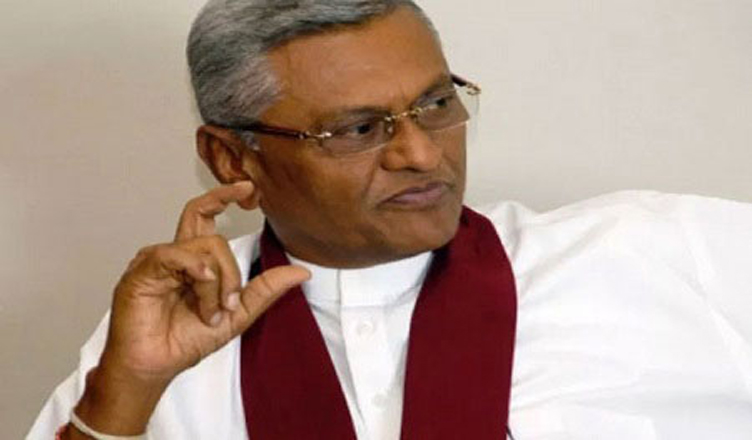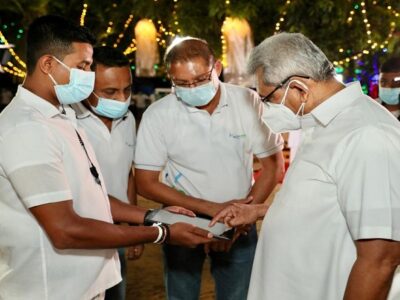(COLOMBO, LANKAPUVATH) – Irrigation Minister Chamal Rajapaksa said in a statement that the construction of tanks near the Sinharaja Forest Reserve was just a project proposal and that the government was working on the issue of drinking water, which is a fundamental right of the people, as well as the protection of rainforests associated with the nation’s water sources.
Irrigation Minister Chamal Rajapaksa made this clarification in response to the discussions on social media and various quarters regarding a statement he made at a function held at Weeraketiya on the 21st about the construction of two tanks in the Sinharaja forest to carry water to Hambantota in connection with the Gin-Nilwala project.
The Minister emphasizes that the Gin-Nilwala project has been prepared at the request of more than half a million farmers who suffer from the drinking and domestic water crisis as well as the irrigation water crisis in the Hambantota and Moneragala districts with one end in the Matara district in Southeastern Sri Lanka, for more than 90 years.
Following the preparation of the final feasibility study report of the Gin-Nilwala Water Supply Scheme, the project experts giving priority to biodiversity and plant conservation in the surrounding areas had suggested that the Madugate Wewa should be built on the right bank of the Gin River which flows near the Madugate village in the Sinharaja reserve and Ampanagala tank should be built near the Ampanagala village near the Nilwala river.
However, after he was appointed as the Minister of Irrigation and after studying the relevant project report, since the proposed Madugate village on the south bank of the Gin River is within the Sinharaja Reserve, at the request of the local environmental institutions as well as the Government of Sri Lanka, he has instructed the relevant parties to inquire into the recommendations and regulations of the United Nations Educational, Scientific and Cultural Organization (UNESCO) which has declared Sinharaja a World Heritage Site.
In such a situation, he expressed the real situation and responsibility faced by the government regarding the issue of drinking water, which is a fundamental right, as well as the protection of the nation’s water resources and rainforests.
Minister Chamal Rajapaksa emphasized that the Irrigation Department and the Ministry have a clear understanding of the protection of the 11,187 hectare Sinharaja Forest, one of the world’s rarest rainforests and a biosphere reserve and will not act contrary to the recommendations and regulations of the UNESCO and local environmental organizations.
Minister Chamal Rajapaksa says that the Department of Irrigation and the Department of Wildlife Conservation have been implementing the construction of tanks in national parks and reserves for decades and that such tanks have already been constructed in the main reserves including Yala, Kumana and Udawalawe.
It is hoped that the construction of tanks inside the forest reserves resolves the problem of drinking water for wildlife and will reduce the number of wild animals coming to the villages seeking water and control the human-elephant conflict.
The Minister further stated that while the Government is committed to fulfilling the needs of the people, it has a primary responsibility to protect the Sinharaja Rainforest while upholding World Environmental Conventions and Wetlands Conventions and respecting the Government’s agreements with the UNESCO on Wetlands, as well as global environmental organizations.
The Minister of Irrigation Chamal Rajapaksa further stated that he is grateful for the commitment, ideas and suggestions of environmentalists as well as environmental journalists.




